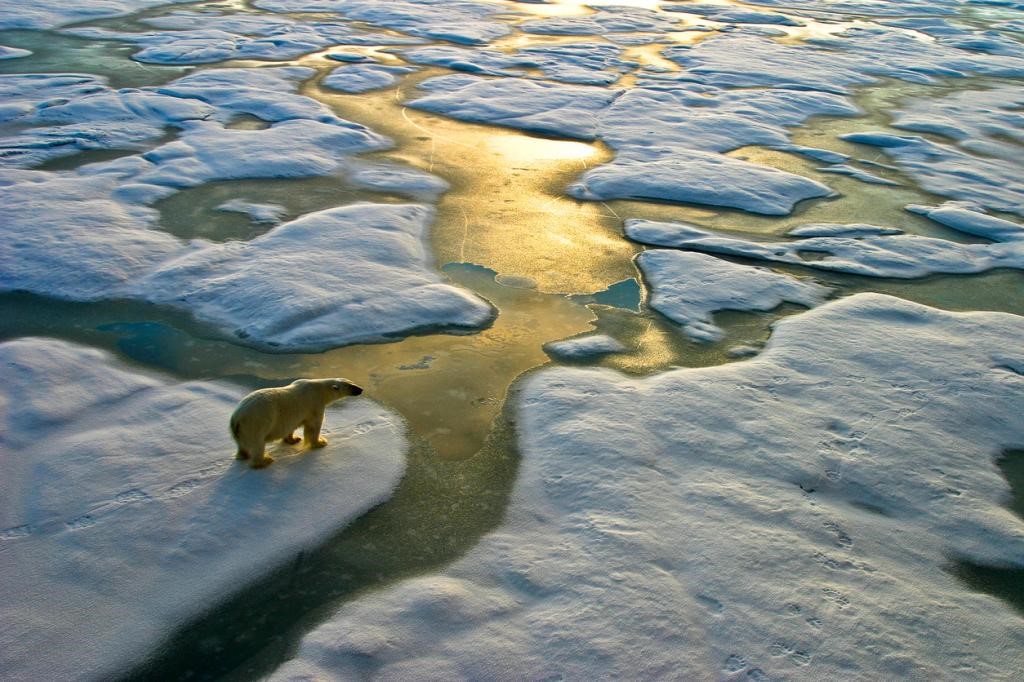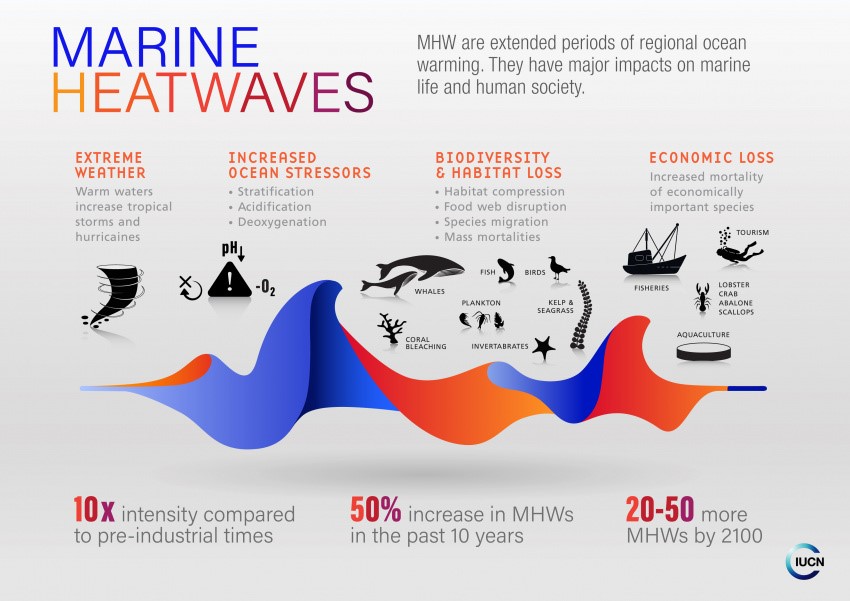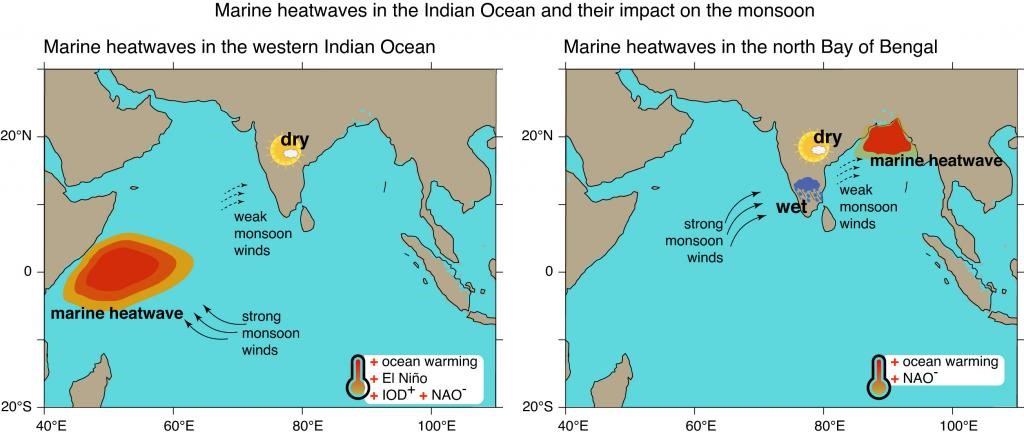Free Courses Sale ends Soon, Get It Now


Free Courses Sale ends Soon, Get It Now



Disclaimer: Copyright infringement not intended.
Context
A worrying trend has emerged in the Arctic Ocean, with marine heatwaves occurring for six consecutive years from 2015 through 2021, according to a new study published in the journal.
Details
Instance
Coral bleaching

Stronger Hurricanes and Cyclones
Livelihood and socio-economic impacts
Marine heatwaves under global warming
Marine heat waves in Arctic
Key Findings
| First-year ice refers to sea ice that has formed during the current freezing season and has not survived a melting season. It typically forms in autumn and winter when seawater freezes, creating a layer of ice on the ocean surface. First-year ice is generally thinner and more vulnerable to melting compared to multi-year ice, which has survived at least one melting season. This distinction is significant for understanding the dynamics of Arctic and Antarctic sea ice, as first-year ice tends to be more responsive to changes in temperature and ocean conditions, making it an important indicator of climate change impacts on Polar Regions. |
2020 marine heatwave
Consequences

Marine heatwaves in Indian Ocean disrupt India‘s monsoon patterns

Way Ahead
|
PRACTICE QUESTION What is “Marine Heat Wave” and how it impacts on marine ecosystem explain with examples. 200 words |
© 2024 iasgyan. All right reserved